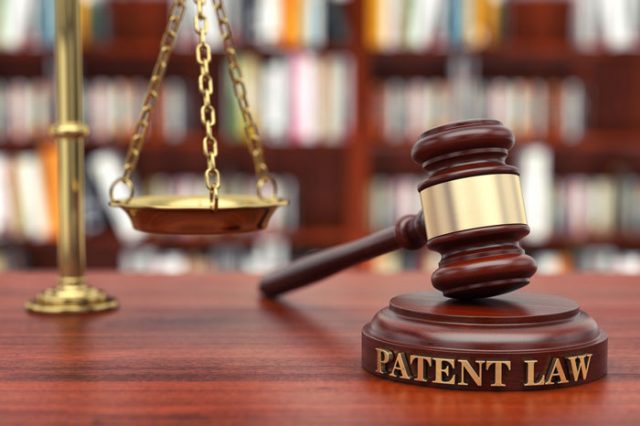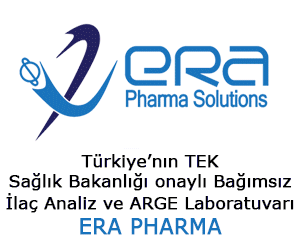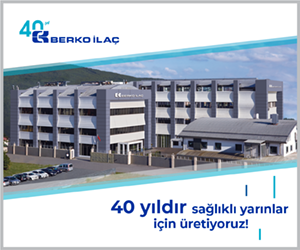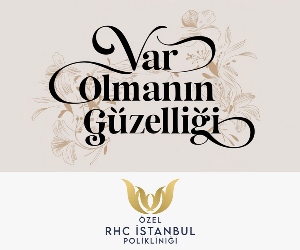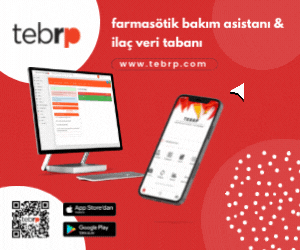Bu makale, ikinci tıbbi kullanım taleplerine yeni bir yaklaşım sağlayabilecek ve zorunlu lisans tartışması hakkında bilgi sağlayabilecek yeni bir Alman kararı sergilmektedir.
Pharma patent challenges for 2018
Christof Hohne, partner at patent law firm EIP, discusses second medical use claims and compulsory licences…
Several topics have driven the discussion on pharma patents in the past year and will continue to pose challenges in the new year. One key topic will be a coming to terms with second medical use claims: the lack of a harmonised European approach in defining claim scope and infringement has created uncertainty for all market players. Another central topic was and now perhaps increasingly will be compulsory licensing of patents on a ‘public interest’ basis. The recent German Merck v. Shionogi1 decision has shown that compulsory licences are not just a theoretical construct, but can become a powerful defence tool. This article will showcase a recent German decision that could provide a new approach to second medical use claims and provide background on the compulsory licence debate.
Second medical use claims
In the past three years, pan-European litigations of Warner-Lambert (Pfizer) against several generics relating to Pregabalin2 and Actavis v. Eli Lilly relating to Pemetrexed3 have shown that there is no harmonised European approach when determining infringement of second medical use claims drafted in the ‘Swiss-type’ format (‘Use of Substance X in the manufacture of a medicament for treating Y’).
As such claims are not directed at the known substance X itself, the question of infringement can be quite tricky. When is there a sufficient connection to treating Y that gives rise to patent infringement? Does answering this question rely primarily on the intention/knowledge of the generics company, or is it rather to be judged by seemingly more ‘objective’ circumstantial evidence?
For example, when establishing infringement, a German Court would particularly look at circumstantial evidence giving rise to a ‘manifest preparation’ (‘sinnfälliges Herrichten’) of the product for the patented use. Such manifest preparation could, for instance, be a specific formulation for the patented indication, or a mention of the protected indication in a product leaflet. While such cases are rather straightforward, there are several practical cases in which this approach finds its limits: does a potential “cross-label” prescription4 by a physician give rise to infringement? Is the participation of a generics company in a tender of a public health insurer infringing, if bids are placed for the substance X without any express limitations as to its use?
The Düsseldorf Appeals Court5 now offers more guidance: in the case at hand, the court had to opine on a request for the preliminary injunction based on the Swiss-type claim for a known substance X in the manufacture of a medicament for treating a certain breast cancer patient group. While the preliminary injunction was not awarded for procedural reasons, the court confirmed that – in line with a passing comment in the 2016 German Federal Supreme Court Pemetrexed decision6 – a Swiss-type second medical use claim should not be viewed as a process claim, but rather as a ‘purpose bound product claim’. This (new) claim characterisation has a significant impact: it questions the before required manifest preparation requirement. Rather, infringement could already be assumed, if these three criteria are met:
- The product must be suited for the patented purpose
- The party selling the product must make use of the circumstances that give rise to a patented use
- The scope of patented use must meet a certain threshold, of which the party selling the product is, or should be, aware.
This approach certainly provides much-needed guidance, especially when dealing with complex issues, such as ‘cross-label use’. It can serve as a starting point for European courts to harmonise their approach to Swiss-type second medical use claims. Going even beyond, the above decision can – at least for Germany – provide further guidance on the interpretation of biosimilar resp. antibody claims, which customarily qualify as purpose bound product claims (‘antibody X for use in treatment of Y’).
Compulsory licenses
The recent past has seen the beginning of a controversial debate on the application of compulsory licenses – an issue that was in the past thought to primarily concern far away markets (for instance, Bayer having to accept a compulsory license on its patent for the cancer drug Nexavar7 in India). In Germany, until 2016, compulsory licences have played almost no role: This was, inter alia, due to the very narrow interpretation of the requisite ‘public interest’. It was a common perception that compulsory licences should, due to their depriving impact on the patentee, be reserved for very limited cases, such as epidemics.
In 2016, Merck showed that the approach to compulsory licenses has to be re-thought: in its endeavour to further commercialise its HIV/AIDS product Isentress (containing raltegravir), Merck managed to obtain a compulsory license to Shionogi’s patent EP 1 422 218 by way of a preliminary order of the Federal Patent Court8. The main arguments were that raltegravir was required in specific therapies for pregnant and infants, for which it would yield less side-effects compared to other drugs available. Further, any switch of other patients already being treated with Isentress could have overall negative effects on their HIV/AIDS treatment. The Federal Patent Court found that the availability of a therapy with Isentress for all these patient groups was in the public interest. This was confirmed by the Federal Court of Justice in September 20179. Subsequently, EP 1 422 218 was revoked before the board of appeals at the EPO. In a further decision (which may be appealed) the Federal Patent Court ruled that Merck owed a 4% licence fee based on past turnover with Isentress in Germany while the compulsory license was in place10.
This decision practically displays the inherent conflict of the patent system in rewarding the inventor with a monopoly versus public availability. In the end, this conflict can only practically be resolved by finding an adequate royalty that ensures future innovation. In any case, it may be expected that compulsory licensing will now play an increasing role in the defensive strategy, especially in the pharma field.
References
- German Federal Court of Justice (BGH), GRUR 2017, 1017 – Raltegravir.
- For example Regional Court Hamburg, BeckRS 2016, 09515; England and Wales Court of Appeal [2016] EWCA Civ 1006.
- For example German Federal Court of Justice (BGH), GRUR 2016, 921 – Pemetrexed; England and Wales Court of Appeal [2015] EWCA Civ 555.
- A physician prescribing generic substance X for the approved but patented indication y.
- Düsseldorf Appeals Court, GRUR 2017, 1107 – Östrogenblocker.
- German Federal Court of Justice (BGH), GRUR 2016, 921 – Pemetrexed.
- For example New York Times, March 12, 2012 http://www.nytimes.com/2012/03/13/business/global/india-overrules-bayer-allowing-generic-drug.html
- German Federal Patent Court (BPatG), GRUR 2017, 373 – Isentress.
- German Federal Court of Justice (BGH), GRUR 2017, 1017 – Raltegravir.
- Decision 3 Li 1/16 (EP), full grounds not yet published.


